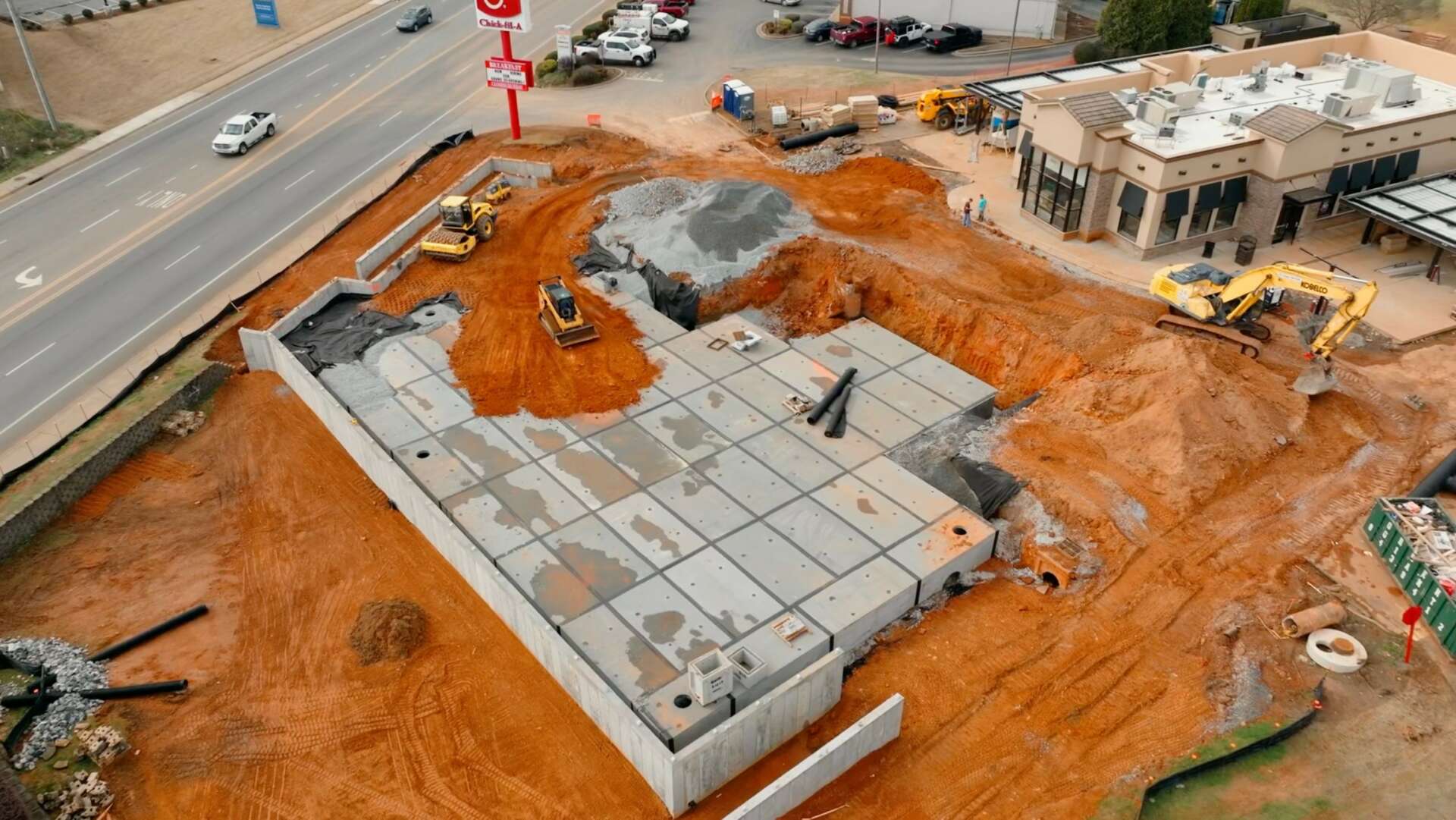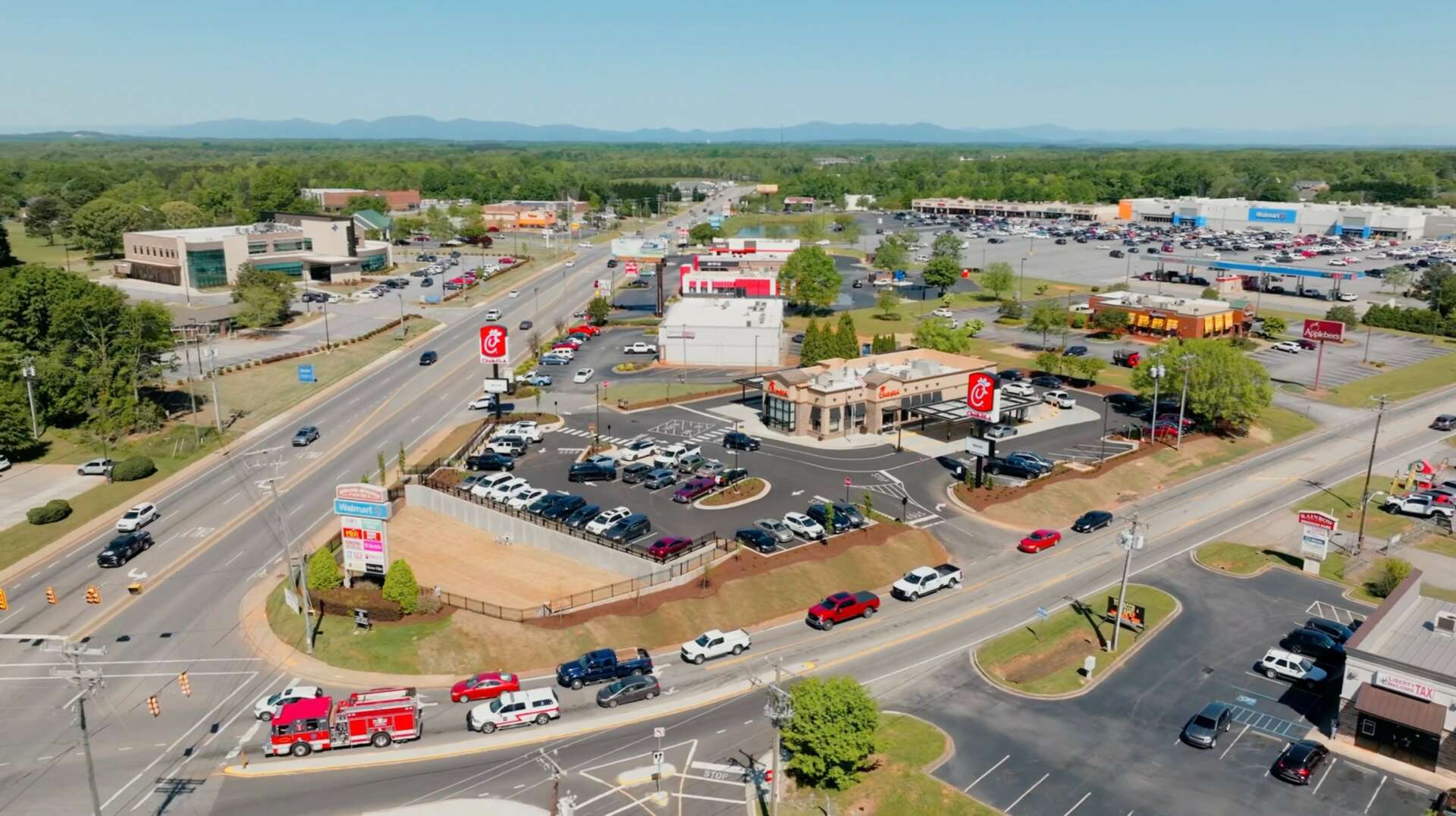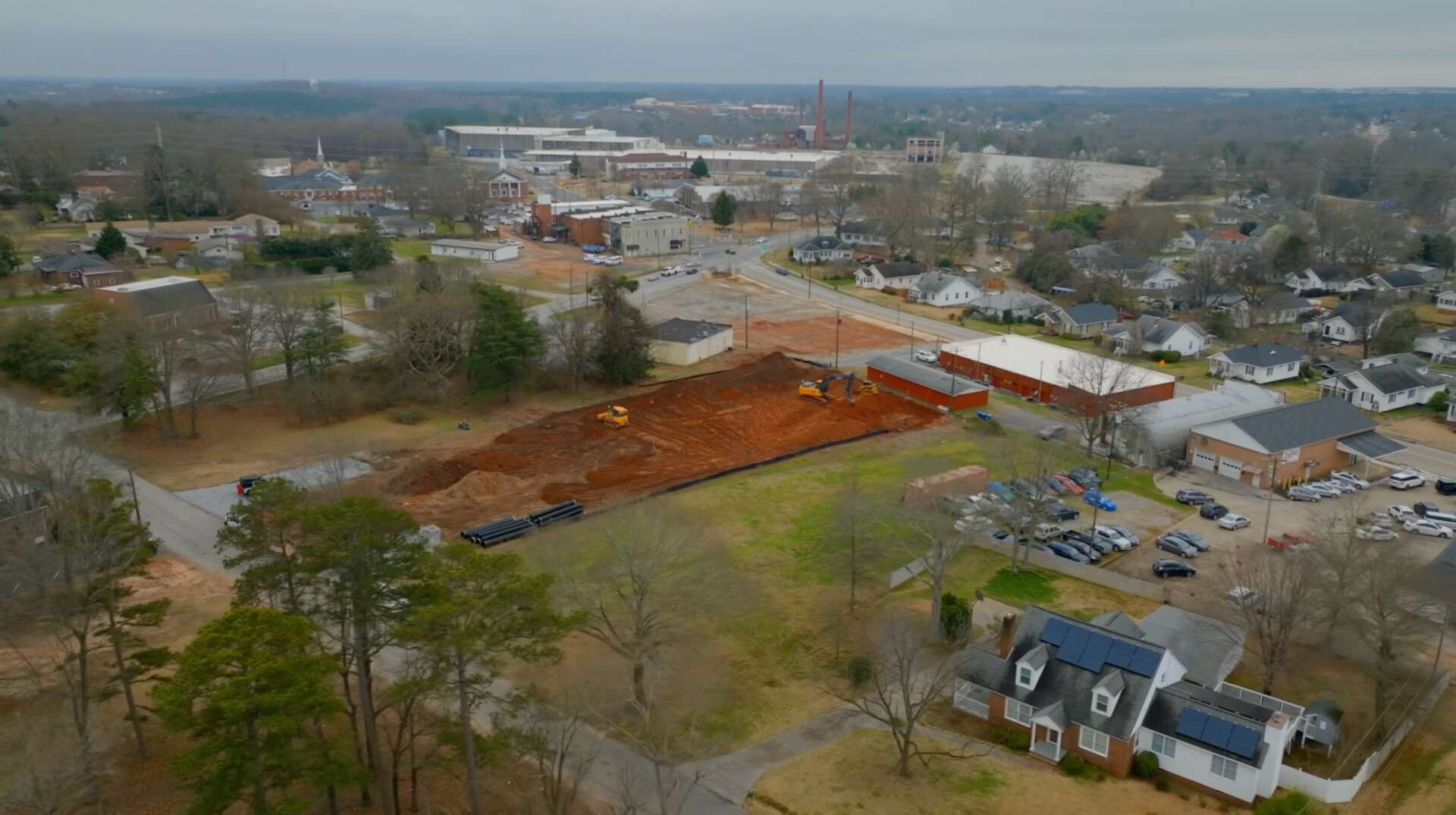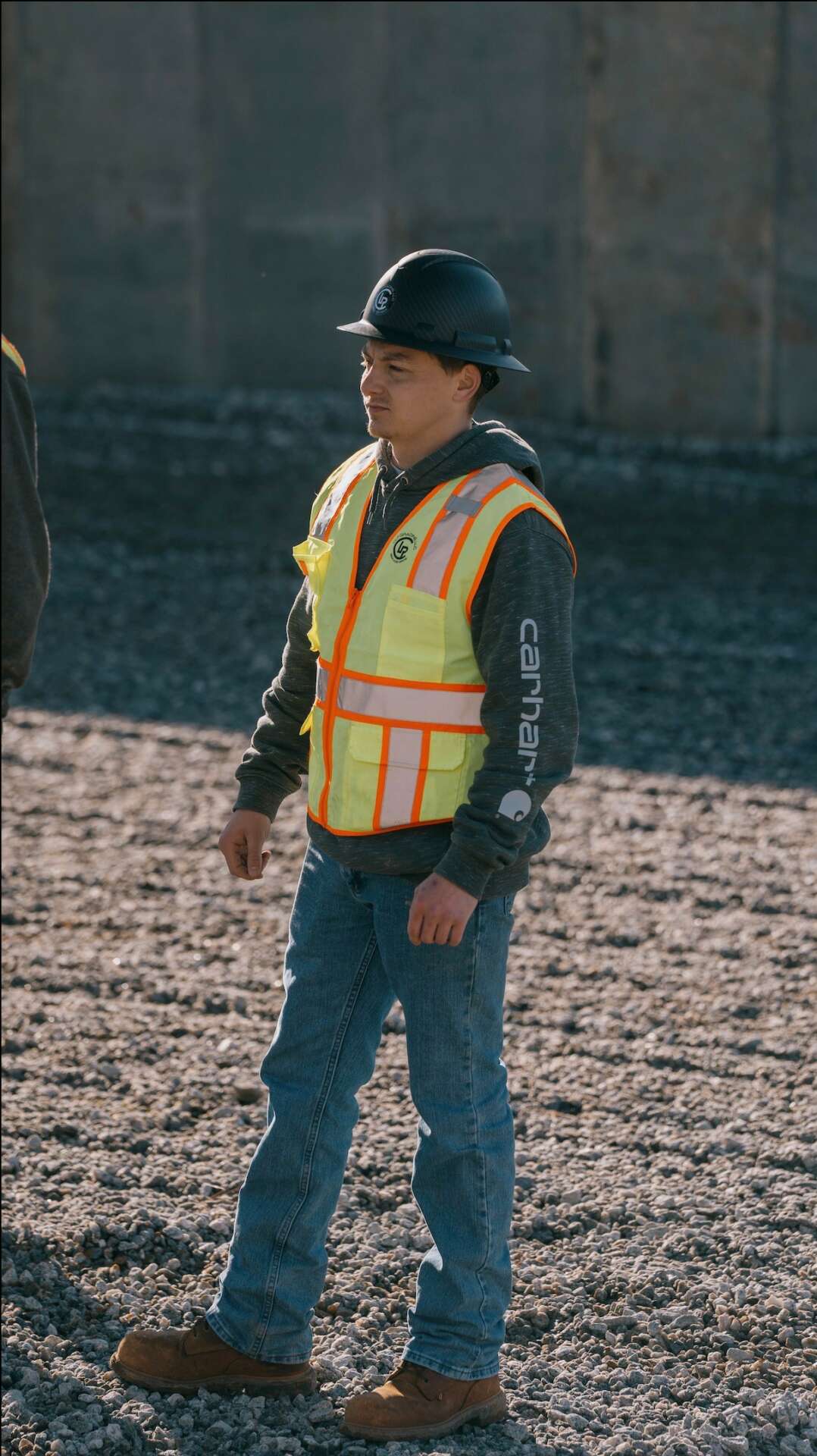We’re excited to introduce you to the always interesting and insightful Luke Parton. We hope you’ll enjoy our conversation with Luke below.
Alright, Luke thanks for taking the time to share your stories and insights with us today. Often outsiders look at a successful business and think it became a success overnight. Even media and especially movies love to gloss over nitty, gritty details that went into that middle phase of your business – after you started but before you got to where you are today. In our experience, overnight success is usually the result of years of hard work laying the foundation for success, but unfortunately, it’s exactly this part of the story that most of the media ignores. Can you talk to us about your scaling up story – what are some of the nitty, gritty details folks should know about?
Anyone who is in business knows that scaling up can often be difficult and nerve racking, but rewarding all the while. When I first went into business I was only 17 with an extremely limited amount of experience in my line of work, and absolutely no experience in business, because what 17 year old has business experience?
When I started, I had little to no money, I was using my Dads Skid-Steer, and borrowing my Grandpas trailer. It was never intended to be what it is today, rather only to make some extra cash money on the side to support my very expensive hobby – custom truck builds. Once I started to realize how much I loved doing that kind of work, along with the money I had the opportunity at making, I began to get serious about building a full scale business. It was at this point I realized I had absolutely no idea what I was doing, and that I had some serious learning to do about business and financial discipline.
Upon “pulling the trigger” to go full time in my business, I think I had around $3,000.00. At the time I thought this was a significant amount of money, and while I still do, anyone who is in a high volume business understands this can be spent in seconds on something that could be almost irrelevant to the business. Luckily, I was still at home with my parents, didn’t have any bills, no payroll, and only a truck payment. This was my advantage to my competition – little to no overhead costs. This advantage allowed me to charge a fraction of what everyone else was charging which propelled me into a multiple month schedule almost immediately.
Now, with that being said, I’ve heard it a million times, and will even say it myself – “good work isn’t cheap, and cheap work isn’t good.” While I am a firm believer in that saying, I did not fall into that category. I was not cheap because I wasn’t good, rather I was cheap due to my competitive advantage. I still offered the quality work that you would usually get other wise, and in the event that I did do something incorrectly, I stood behind my work and would fix it free of charge. I made it a priority to leave every job satisfied that if it were my own job I was performing, I would be happy with it myself, other wise I would not call the job complete until I was.
I started by just working for homeowners who needing miscellaneous things done, one of my niches early on was stone driveways. So many other contractors were to busy with larger jobs and bigger profits to even think about little jobs like this, but it was perfect for me. I didn’t need any extra hands, I could do one or two a day, and they always paid cash money. It was around this time I started to build my network, work with other contractors in my industry, and pay attention to other hyper successful individuals to gain a better understanding of business. I would make it a point to sit in with successful business owners, high ranking managers, estimators, etc, and just listen to them talk amongst themselves. It is amazing what you can learn when you just shut-up, and listen.
Only then did I begin to understand that the homeowners, although great customers, would only be a seldom repeat customer because most homeowners don’t really do a lot of projects around their home. After that, I set out to find contractors, building more of a production based company. This allowed me to not have to constantly hunt for work, because I only needed a handful of good repeat clients to keep me busy.
As we ventured further into business, this proved well for me and I built off of that. I continued to scale by creating a significant amount of exposure for the business, building a larger network (now spanning multiple states), learning to better understand financial literacy, and trying to become as efficient as possible to keep my overhead low and increase our profit margins.
One key part to scaling a business is building a successful team. As everyone knows, a good employee is getting harder and harder to find. Payroll will always be the biggest expense of any company, no matter how much the employees are getting paid. Where I believe a lot of people commonly make mistakes in scaling a business is underpaying. The more you are willing to pay for a good employee will result in a smarter and more efficient team leaving you more time to continue to scale the business in other ways; and although it will cost you more per hour – it will save you money in other areas where I’ve came to figure out that it equals out to about the same cost. The job will get done faster, you yourself will be less stressed, the employees won’t have to work as hard, and everyone is happier including the employees themselves.
I am still scaling now. We just recently got really heavy into commercial work and expanded our services exponentially, most commonly with Chic-Fil-A. I had a great system running for our residential division, but the commercial world is a whole different ball game. I had to set new systems in place for better financial tracking, tracking man hours, a whole new estimating system, more employees, learning how to deal with Net 30/60/90, different budgeting, upgrade the fleet, etc. Basically I had to completely re-invest and restructure the whole company to deal with the newfound workload we’ve taken on.
One of the things that I believe has proved successful for me scaling the business has been that half of the time, I don’t even pay myself. I am the most underpaid employee within the company. I would rather leave that money in the business to reinvest into the company than have a bunch of toys.

Great, appreciate you sharing that with us. Before we ask you to share more of your insights, can you take a moment to introduce yourself and how you got to where you are today to our readers.
I got into this business by pure coincidence and an eagerness to make a little extra money to support one of my favorite hobbies. It didn’t take me long to realize my passion for every aspect of this line of work, so much so that it basically took place as my new favorite hobby. I don’t look at my position as a job, but more of a name for myself and something that I couldn’t imagine not doing.
CLP Grading is made of of individuals who thrive on responsibility, are driven by success, and see every challenge as another opportunity to exceed our clients’ expectations. Our approach is guided by integrity, a commitment to quality, and outstanding service to our customers. We treat every job as if it were our own project, and don’t call a job done until we are satisfied.

How did you put together the initial capital you needed to start your business?
When I graduated high school I worked for my father doing drywall and other remodeling. Although most of my money went to vehicles and other toys, when I decided to file for an LLC I had somewhere around $3000 if I remember correctly. I soon sold every toy I had and collected as much liquid cash as I possibly could to reinvest in my company. From then on, everything has been self generated and re-invested.

Can you share a story from your journey that illustrates your resilience?
I would say the best story I could share to illustrate our resilience would be our first full package commercial job. As most people know, commercial contracts incorporate a dead line to be met; or you will be faced with fines and back charges to compensate for the inadequate completion. The biggest job we’ve completed to date was the Chic-Fil-a remodel and parking lot expansion in Boiling Springs, SC. This projected included the recently newly designed precast underground retention system produced by Storm-Trap. The start date was December 2nd, 2022. It started raining December 3rd and didn’t quit until February. Collectively, we had 4.5 feet of rainfall in the area in 2.5 months which put us behind in the worst way, leaving us with less than half the time that we originally had to complete the job. With this being said, we had to “put it in overdrive” to get this job done as originally intended. Amongst several alternatives, and other precautionary measures, we ended up working more than 110 hours per week, myself included for 5 weeks to get wrapped up. Keep in mind, that was 110 hours per person, not all together – averaging 18-19 hours a day. We worked under the moonlight many nights to get that job done, which made the end result more rewarding than me and my guys could’ve ever imagined.

Contact Info:
- Instagram: https://www.instagram.com/clpgradingllc/?hl=en
- Facebook: https://www.facebook.com/CLPGradingllc
- Linkedin: https://www.linkedin.com/in/luke-parton-ab1990266/
- Youtube: https://www.youtube.com/channel/UCz61dr9_cNrK-NIy0G321mw
Image Credits
Bryson Bishop / Vivid Media


